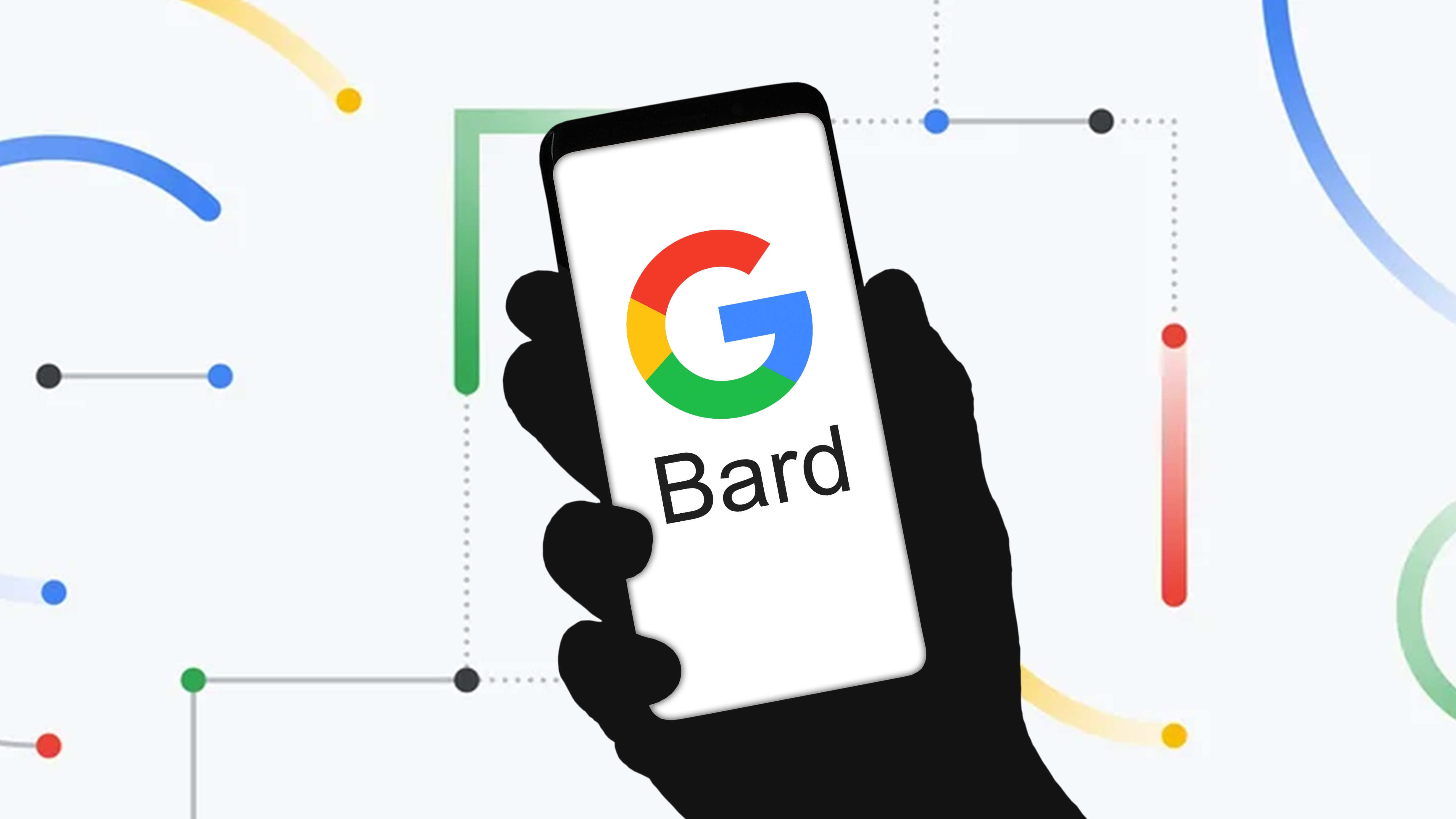Google Bard AI access rolling out now — how to join the waitlist
Here's how to score early access to Google's ChatGPT competitor

Editor's note: People have already started getting access to Bard through the waitlist, including members of our staff. See our guide on how to use Google Bard.
Google Bard has been relatively quiet compared to ChatGPT and the new Bing with ChatGPT. But that has changed dramatically and many members of the public have already gotten access.
Initial reports suggested that only select "Pixel Superfans" would be receiving access via an email invite to early access. But Google must have changed its mind because now there is a waitlist where everyone can sign up for access.
Well, almost everyone. Workspace emails are not supported by the waitlist, so if you want to sign up for bard, you'll need to sign up with your personal Gmail rather than your work email. But otherwise, just head over to the Google Bard waitlist and sign up, I signed up when the waitlist went live and was granted access later that day, so you shouldn't have to wait for long.
What makes Bard different?

We've been monitoring ChatGPT versus Google Bard so there are some differences we already knew. The biggest is that while both use a large language model (LLM) to power their chatbot AIs, they don't use the same model. ChatGPT uses GPT-3 for its free research preview and GPT-4 for ChatGPT Plus and the ChatGPT API. Bard instead uses Google's Language Model for Dialogue Applications (LaMDA). Currently the new Bing is only useable on Microsoft Edge which is not many people's go to browser while Bard obviously runs on Google Chrome, the world's most popular choice.
Practically, there are a few differences between the capabilities of these two models, some of which Google lays out on its Bard FAQ page. Bard is more in line with the capabilities of the new Bing when it launched — it is a research tool that can interact in a conversational manner. It can't code, and it can only handle U.S. English at the moment.
The other major difference is multimodal capabilities. Multimodal AI can take inputs and/or outputs in multiple formats: text, image, video and sound. Right now, Bard can only handle text, whereas GPT-4 allows ChatGPT to handle image inputs in addition to text in the same conversation. The new Bing with ChatGPT is rolling out the ability to create images while using its chatbot, though this is through integrating a separate AI tool called Bing Image Creator into the existing Bing chatbot.
Get instant access to breaking news, the hottest reviews, great deals and helpful tips.
Unlike Bing, Bard doesn't have a turn limit, so you can talk for as long as you like without the AI making its excuses and refreshing the conversation. The turn limit was introduced after Bing's launch after it was found that longer conversations could cause it to become erratic. Considering Bard has only just launched, we don't know whether this will be a necessary measure for Google's offering in the future.
Why is Google going so slow with Bard?
After a factual error in a previous demo cost Google over $100 billion, it’s understandable why it has taken so long for Bard to meet the wider world. Considering some of the stranger behaviors of ChatGPT and Bing, perhaps waiting was wise to avoid the likes of ChatGPT’s evil twin DAN from repeating themselves. We will have to wait and see how easily it can be 'jailbroken'.
Considering Google’s market leader position, it has a responsibility to get things right rather than just try something different like the new Bing, which did admittedly reach 100 million daily users thanks to the ChatGPT integration. The reputational damage of Google Bard providing false information could hurt the image of its traditional search offering and cause much more in losses.
With all that being said, part of the reason Google was so far behind launching is that it seems to have been genuinely taken off guard by ChatGPT and the threat it poses to search engines. OpenAI only released ChatGPT in November 2022, but it was revealed that it had been working on its GPT technology for years. It was GPT3 that provided the big increase in performance that lead to public release. With GPT-4 arriving last week, Google needed to start catching up quickly, and now it seems to be.
More from Tom's Guide
- Google Bard AI just admitted it plagiarizes content — and that’s a problem
- Forget ChatGPT — this new startup is all about AI-generated video
- How to use ChatGPT: Step-by-step instructions
Andy is a freelance writer with a passion for streaming and VPNs. Based in the U.K., he originally cut his teeth at Tom's Guide as a Trainee Writer before moving to cover all things tech and streaming at T3. Outside of work, his passions are movies, football (soccer) and Formula 1. He is also something of an amateur screenwriter having studied creative writing at university.
- Malcolm McMillanStreaming Editor
